Biography: Gabriella Petizian (she/her) is going into her 4th year as an undergraduate student in Chemistry at the St. George Campus. Currently, she is working in the research group of Mark Lautens on the synthesis and characterization of novel ligands used to improve the enantioselectivity of Chan-Lam style couplings of sulfenates and boronic acids.
Outside of the lab you can find Gabriella happily spending her time baking, pottery painting and doing yoga.
Program: 4th Year Chemistry major
Campus & Department: UTSG Chemistry
Area of Interest: Organic Chemistry
We asked:
Where did your interest in chemistry come from? My first interest in chemistry stemmed from my grade nine and ten high school science classes. As far as I can remember, I have always found contentment in understanding the underlying causes of an observed event or phenomenon. Albeit simply, upon learning the principles of chemical bonding, properties of elements and reactions, I quickly became intrigued by the molecular and atomic world that made sense of the macroscopic properties of substances around us. It is from there that my interest in chemistry grew, and it is safe to say that I have not been able to turn back since.
Can you remember a time when a fact about chemistry blew your mind?
This one relates more closely to physics and quantum mechanics, however despite common conceptions, the subatomic particles, protons and neutrons, are actually divisible and are made up of even smaller particles called quarks! It is a combination of these particles, with different spins and flavors that make up protons and neutrons. Isn’t that quarky?
What course have you taken here that has seemed especially remarkable or surprising?
Of all the undergraduate courses I have taken, CHM342 (Modern Organic Synthesis) was by far my favourite and the most rewarding. Packed to the brim with traditional and modern synthetic techniques, this course opened my eyes to the grandeur of organic literature and synthesis, alongside its utility across the pharmaceutical and cosmetic industry, just to name a few. Further, CHM342 introduced a wide array of transition states through which enantioselective transformations are achieved.
As an individual who enjoys problem solving, especially in organic chemistry, this course has transformed the way I interpret selectivity; teaching me to consider what fundamental principles facilitate (or prevent) the progression of a reaction and what repercussions they have on the characteristics of its product.


